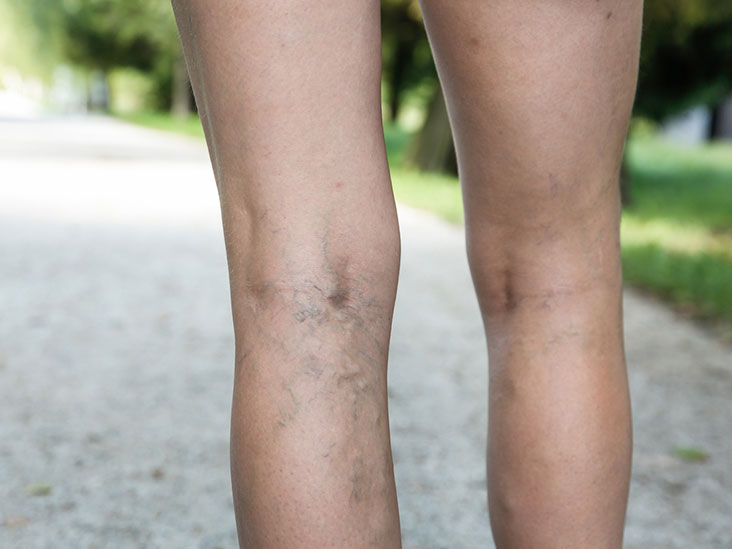
Varicose veins are superficial veins of legs that are dilated and twisted. In Clark, New Jersey more women than men suffer from varicose veins. The dilation in these veins of the legs develops because of the pressure that the upper body puts on these veins when you are standing or walking. Most times varicose veins are painless and do not cause any other problems to people who have them.
For others, varicose veins cause pain and discomfort and some people may even develop serious complications. If you are not confident with the appearance of your legs, you can seek cosmetic treatment for the varicose veins. When you visit the doctor with a complaint of varicose veins in Clark, they will take your medical history and then examine your legs. Sometimes the doctor may order some imaging tests to confirm the diagnosis and offer treatment.
How Do Varicose Veins Present?
Most times varicose veins are asymptomatic. Varicose veins appear as large veins in the legs which have a dark blue or purple color. These veins are twisted around the legs like cords and they bulge out. When you have varicose veins, your legs may feel heavier than usual and they may also ache. Sometimes varicose veins may cause a burning or throbbing sensation in your legs.
Varicose veins can also cause your legs to swell and to appear bigger than usual. Muscle cramping is another symptom of varicose veins. The skin area that surrounds the varicose vein may become itchy and it may also change the color and appear darker than usual. These symptoms may worsen after sitting or standing for a prolonged duration. Different people experience different symptoms of varicose veins.
Sometimes varicose veins may develop some complications like skin ulcers that commonly appear at the lower part of the leg around the ankles. These ulcers are preceded by discoloration of the surrounding skin. The skin ulcers may get infected with bacteria resulting in pain and pus formation and this is an indication that you need to see a doctor.
When the varicose veins become dilated, blood can undergo stasis where it accumulates in one area. This stasis of the blood inside the veins is a risk factor for the development of blood clots in a condition called thrombophlebitis. This is a warning sign for varicose veins patients. Over time the varicose veins may get very large and burst, causing bleeding which is also a sign that you need medical attention.
What Are the Risk Factors of Varicose Veins?
Veins return blood from the rest of the body like from the legs to the heart. Veins have valves that ensure that blood flows to the heart and does not go back to the part of the body where it is coming from. Varicose veins develop due to failure of the valves inside the veins which prevent blood from flowing back to the heart.
Some of the risk factors of varicose veins include advancing age. Aging causes the valves in the heart to undergo wear and tear and this makes them unable to stop blood from flowing backward. Hormonal changes that occur in women during pregnancy and menopause and in those women that use oral contraceptives also puts them at risk of varicose veins because they cause relaxation of the veins.
You are at risk of getting varicose veins if you are obese or if you sit or stand for long durations. If you have a first degree relative with varicose veins, you are also at risk of getting varicose veins. You can prevent varicose veins by doing exercise, managing your weight, elevating your legs, and changing your sitting positions.
Varicose veins are a condition that results due to the failure of the valves inside the veins in the legs to prevent the backflow of blood. The symptoms of varicose veins include having large dilated veins in the legs that have a dark blue or purple color. If the varicose veins are causing you pain or discomfort, you can seek medical treatment to solve these problems.